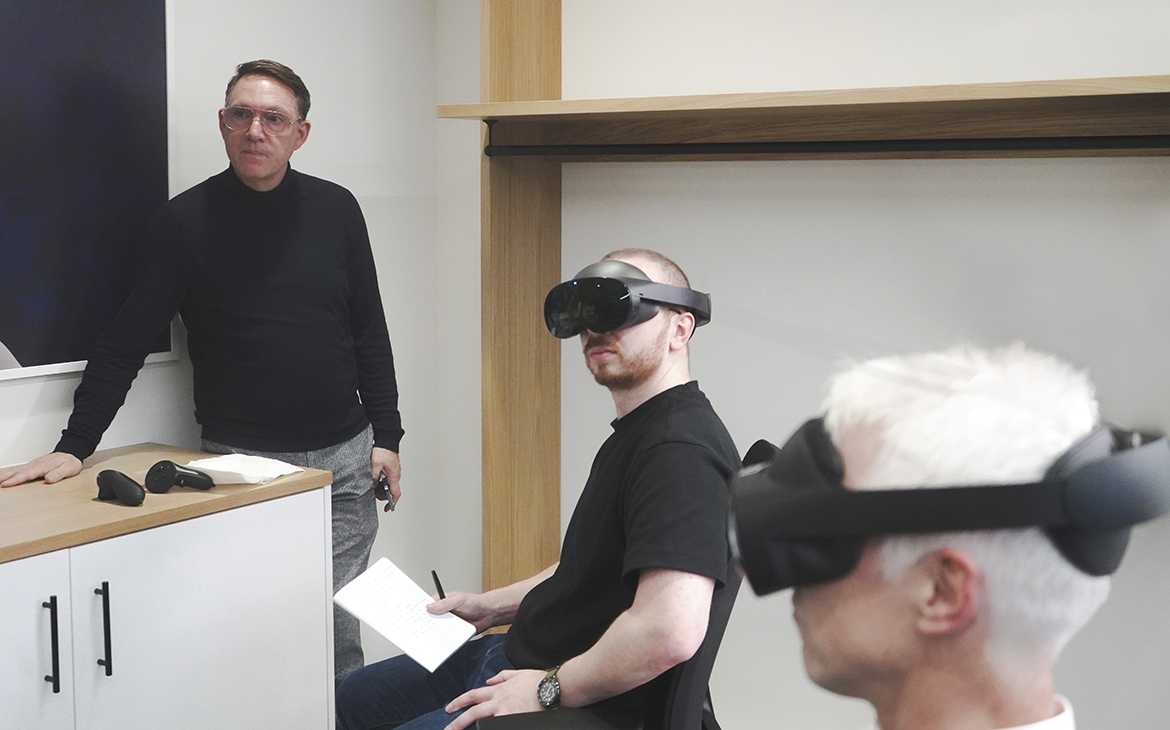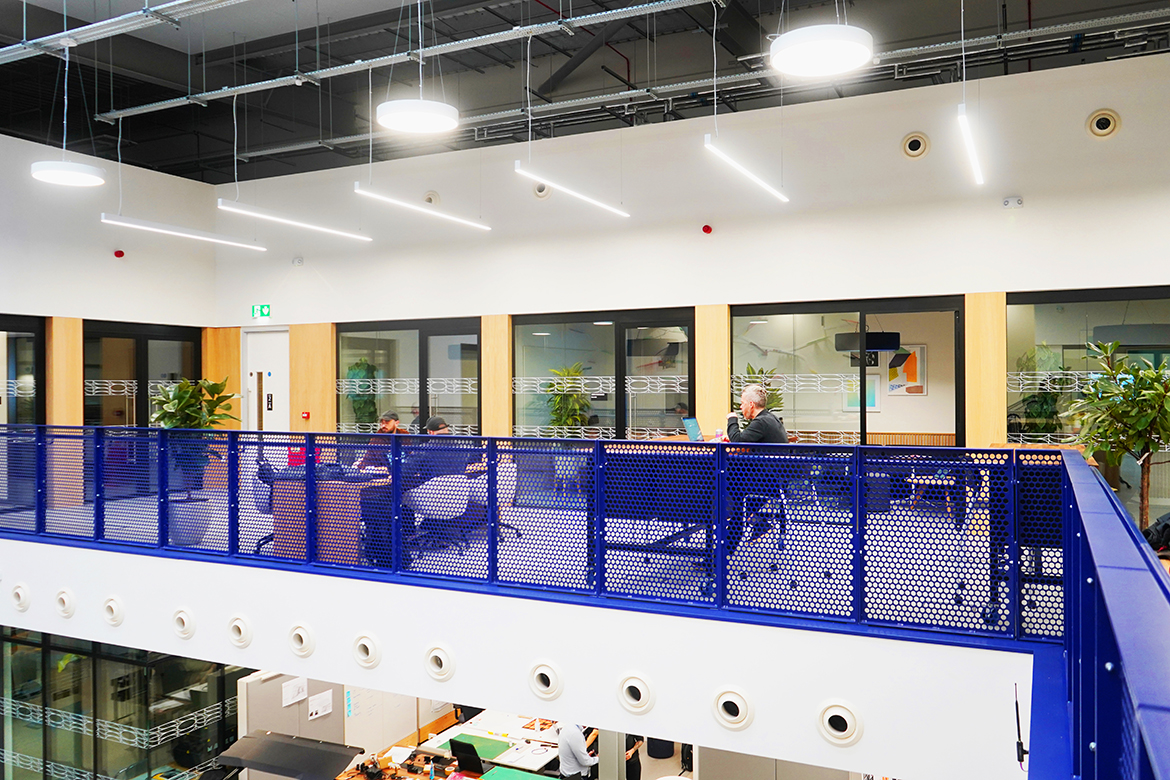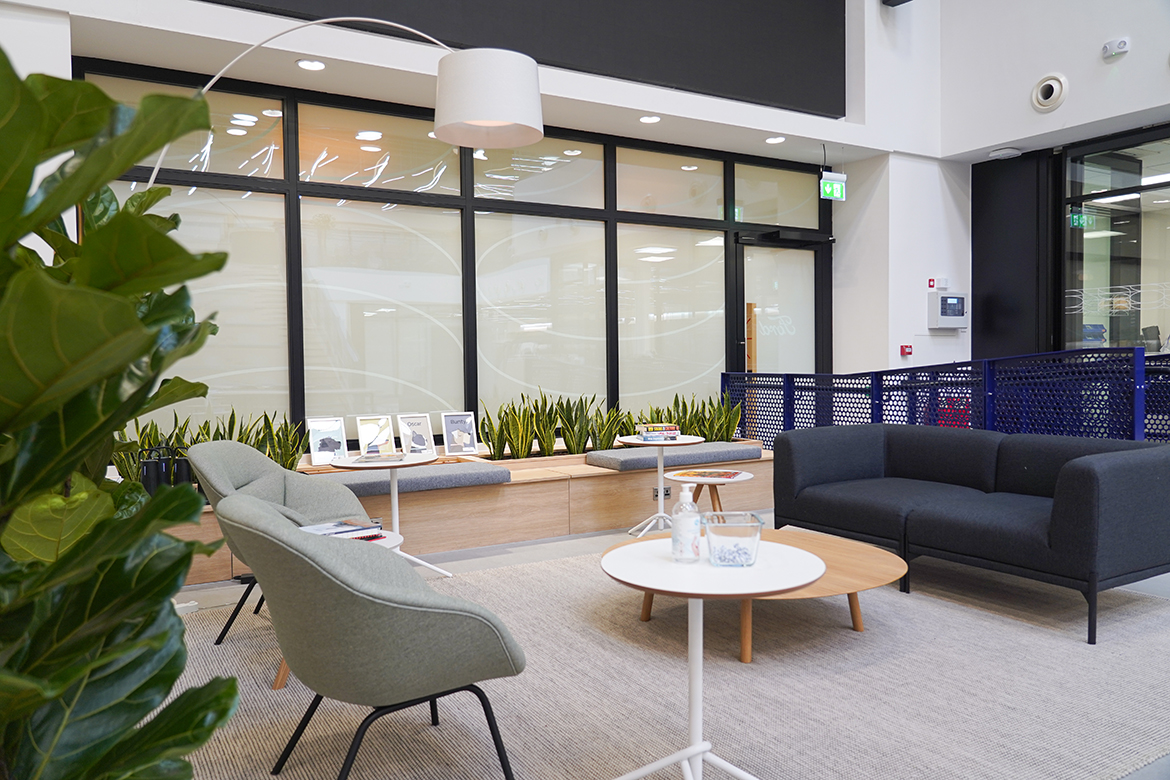Ford has integrated its research-focused innovation unit formerly called D-Ford into the global design team and rebranded it Human Centred Design. The team, working under Usha Raghavachari, has opened a new studio in east London alongside existing studios in Detroit and Shanghai with the aim of fast-tracking physical and software innovations to new vehicles. The new facility brings together HDC with Ford’s London advanced design team, which traces its history back to J Mays’ famed Ingeni studio in central London. D-Ford – named in homage to Stanford University’s famed D-School in California – was set up away from Ford’s corporate structures to operate much like a start-up. “Typically a big company rejects everything,” Raghavachari told Auto&Design on a recent visit to the studio. “D-Ford has educated the entire company on how to think differently.”
The Human Centred Design team comes under the supervision of Amko Leenarts, director of design at Ford of Europe, who in turn reports directly to Todd Willing, the new head of Ford Design. Leenarts wants to use the team to drive innovation in the new ‘hero’ line-up of vehicles Ford is developing as it moves away from its past as a generalist car company to a smaller, more specialist manufacturer in Europe. “The essence of the vehicle is no longer purely focused on the hardware, but more focused on what you’re going to do with it,” Leenarts said. He gave the example of the Transit van (“a tool to drive productivity”) and the Bronco off-roader (“a tool for adventure”).
Much of D-Ford/HDC’s work so far has been on the vans. The team’s biggest success has been the tilting steering wheel that debuted as an option on the new Transit Custom one-tonne van. The solution allows drivers to turn the wheel into a desk and was devised after finding out exactly how Transit owners use their vehicle. “We spend literally thousands of hours doing what I call super-stalking research,” Raghavachari said. “We go to their homes, we go to their construction site, we drive with them”.
The HDC teams have honed their methods to quickly develop prototypes. “We make hundreds of them,” Raghavachari said “They’re not the super-fancy prototypes that Amko will make. They’re made of cardboard. We make them quickly and they cost 10s of dollars, not thousands.” Potential users are invited into the studio to interact with the prototypes of new or improved feature, mocked up on a vehicle rig. Development of the tilting wheel was driven in part by one specific UK van driver, Dave, who had created his own desk on the centre console using an old bedside table. Ford initially made him a table for the passenger side, but Dave kept looking over to the driver’s seat. «He said ‘well this is great, but that’s my seat’,” Raghavachari said. “What we realised is that van drivers often park in slightly haphazard places. The minute they see a police car or a traffic warden, they need to scarper quickly.”
The team is now moving on from vans to cars, where the challenge to greater. “It’s more about simple desire and that’s a lot harder to put money behind,” Leenarts said. Some solutions are obvious, for example the requirement from certain Chinese customers to sleep in their car. Others will focus on more the intersection between software and hardware. “The industry talks a lot about the transition to electrification. Actually what’s going to have a bigger impact I think is the transition to software defined vehicles,” Leenarts said. The customer research carried out by the HCD team will help discover what software elements will ultimately be just a gimmick and what customers will actually pay for. “Designers need inspiration, right?” Raghavachari said. “Without it, it’s really hard to then connect with the people that you’re trying to solve for.”















